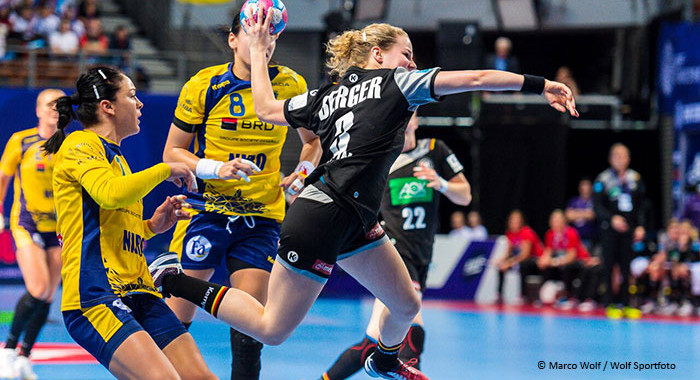
I believe that’s why the dialogue from the rest works. One thing you don’t notice until it’s pointed out is Amélie and Nino don’t talk except for a couple of brief interactions. He’s also a director, having directed films like The Crimson Rivers and Gothika. You’ll also know Mathieu Kassovitz from Munich. The secondary characters are mostly Jean-Pierre Jeunet staples, with Dominique Pinon the most well known. Directors would give anything for the privilege. I remember Jean-Pierre Jeunet saying in the DVD bonus features he knew in an instant she was the one. It is one of the most perfect marriages of actor and character you’ll ever see. Every single frame Audrey is on screen you can’t take your eyes off her. The character was initially written for Emily Watson but you can see the result would have been night and day. Storytelling artistryĪmélie made Audrey Tautou a superstar across the world. Jean-Pierre Jeunet edits in camera with the shots precisely storyboarded. The editing of Amelie is fast paced and carefully laid out. You’re always in the world of Amélie, and you’re sucked into it because you can’t have enough. In the exterior scenes you can see they had stopped down to get deep depth of field. They didn’t let poor lighting bog them down and managed to make every scene work without the film appearing lit in the artificial sense. It must have been hard, shooting in exterior situations on a low budget. To bring this to life without everything turning tacky is a monumental collective effort by all departments.Ĭinematographer Bruno Delbonnel tried to marry naturalistic location lighting with a sense of charm and romanticism. It’s supposedly set in Paris, but such a world possibly never existed except in the director’s imagination. Excruciating care was placed in the tiniest of details of Amelie’s life. It’s not for nothing the film received Academy Award nominations for art and cinematography among others. This is not to say the production design didn’t play its part. The main colors in the film – green, yellow and red – were inspired by the paintings of the Brazilian artist Juarez Machado. Most of the credit goes to extensive color grading, which unfortunately led to countless films and commercials being green or blue over the next decade. These colors were not completely achieved in production. You can watch it here:īlue is a color that appears like a breath of fresh air from time to time. As I’ve explained in my video on how films are shot in two colors – the primary colors of Amélie are red and green. The majorly green hue was risky but paid off.

One of the major contributions of Amélie to cinema was in color grading. The exception to this happens with over the shoulder shots. The characters are framed mostly in the center.

This discipline is one of the reasons it works. You’d think with a film of such visual flair the director could easily have framed this more traditionally, but he doesn’t. A great example is an early unassuming scene where Amélie speaks to her landlady.

Up or down, sideways, dollying in or out – there’s hardly a shot where the camera doesn’t move. The camera technique is not often appreciated in Amelie, but shots like the one with Amélie on the bridge are one of the finest you’ll ever see in cinema. Like Leone, Jeunet films in the spherical format and crops rather than film anamorphic. One of the techniques Jean-Pierre Jeunet uses extensively is the character popping into frame, inspired directly by Sergio Leone. The camera angles and movements are fluid and vibrant. Let’s face it, it’s the world we all wish we could have, especially in the last two years. With Amélie he goes one eighty to a colorful and cheerful world where only good things can happen – even when events are bad. He did dark with Delicatessen and Alien: Resurrection. Jean-Pierre Jeunet can push the visuals both ways – dark or cheerful. You feel you are watching a comic book come alive. Just watch Alien: Resurrection.Īmélie was a response to the restrictions Jeunet had to endure in Hollywood. The actors are almost caricatures of the roles they are playing. It is clear visually he loves to create a rich tapestry and mise-en-scene that lets his actors shine in. This distorts the facial features in a way that lends to his type of comedy. He can frame characters in close up in the foreground while showing us the world they live in. Jean-Pierre Jeunet loves super wide angles – wider than most directors. Understanding the Cinematography of Bruno Delbonnel


 0 kommentar(er)
0 kommentar(er)
